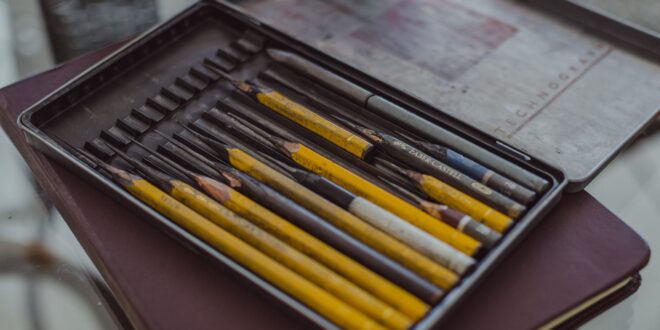Art plays a significant role in our lives. It makes us dream. It makes us laugh. It makes us look at things from a different angle and think about ourselves in a different way. Art deepens our understanding of the world and culture, and it gives numerous opportunities to express our emotionally meaningful experiences. People buy art to enrich their environment, enhance their lives, and decorate their homes. They also buy art for investment. The fine art market is booming now, offering pieces for any taste and budget. It is no wonder that there are so many collectors purchasing art at auctions and galleries worldwide. But is fine art a good investment for everyone? How to invest in art without making mistakes? Let’s take a look at what art investment really entails and what you should know about it.
Why is art so attractive?
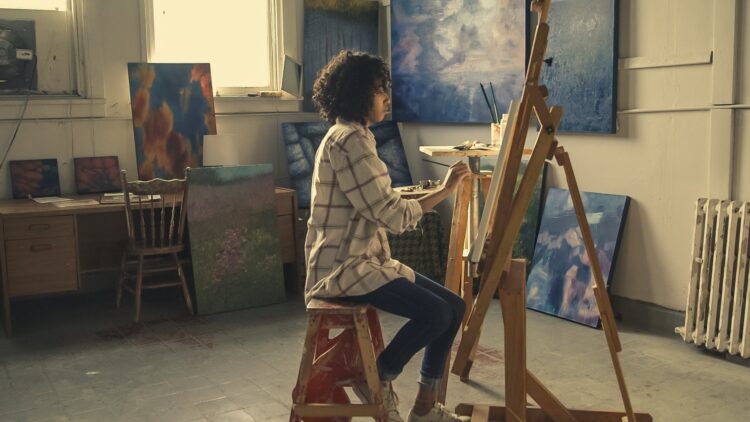
Art is a complex connection between reality and dreams. It can dazzle us, make us emotional, and even hold us breathless. When you see a beautiful artwork created by a talented artist, what makes your heart beat faster? Most likely, it is not the paint, a piece of stone, or any other material used in the creation. Most likely, it is the expression of the artist’s inner vision, feelings, and experiences. Thus, art makes us look at things differently, provoking us to see the world through the eyes of other people. Another interesting fact about art is that different people see the same piece in a different way.
Some may love it, while others may hate it. It is all about our personal perception of art and beauty. So, when the next time you encounter a piece of art that you do not like, try to look at it from another person’s perspective. The chances are that you will see something new in it. In other words, art is an amazingly intricate thing to understand, and it is what makes it so attractive.
Fine art as an investment
Long gone are the days when to own a meaningful piece of art was a prerogative of the ruling elite only. Today, you do not need to be an aristocrat, a millionaire, a royalty, or a government official to invest in art. Moreover, over the last decades, investing in fine art has been steadily becoming more popular, with more and more people looking at the fine art market as an alternative to buying a stock or purchasing shares of a mutual fund. More than fifty percent of fund managers reported that their clients frequently ask for help in investing in fine art and collectibles, so it seems that art has become a mainstream choice whether we talk about seasoned collectors, art lovers, or occasional buyers.
When should you invest in art?
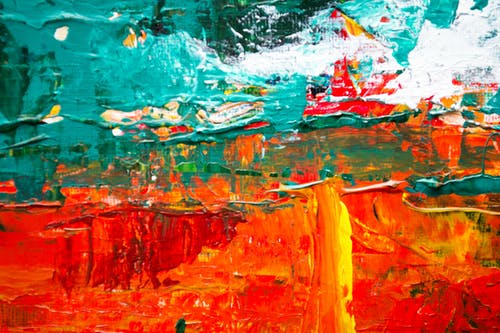
1. When you enjoy art
Most art investors are art lovers. If you enjoy going to art galleries and museums, love looking at paintings and sculptures, and you have already chosen several great pieces to add to your bedroom, you should really try yourself as an investor in art. On the other hand, if you think you do not like art, then it is better to invest in something else. Luckily, your options are almost endless.
2. When you are willing to research
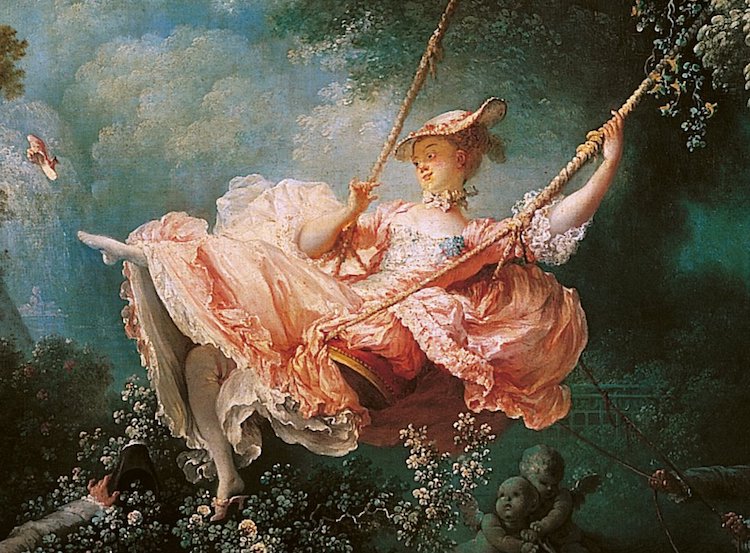
Experienced art investors pick pieces that bring more value in the long run. The only way to do it is to research on the artist whose work interests you and/or establish the piece’s provenance. You need to know what you are buying and whether it will bring you income in the future. So, if you want to become a successful investor, make sure you have time for research or be ready to hire professionals for this work.
3. You can afford the maintenance
Maintenance of art can be costly. You will need to create proper conditions for your art collection and consider a range of factors such as humidity, temperature, and sunlight. Moreover, you will need to take care of the art insurance, art storage, and art installation, as well as hire a professional fine art shipping company, such as Fine Art Shippers, for any relocation needs. Be sure you can afford the maintenance costs before investing in art.
What you need to know about art investment
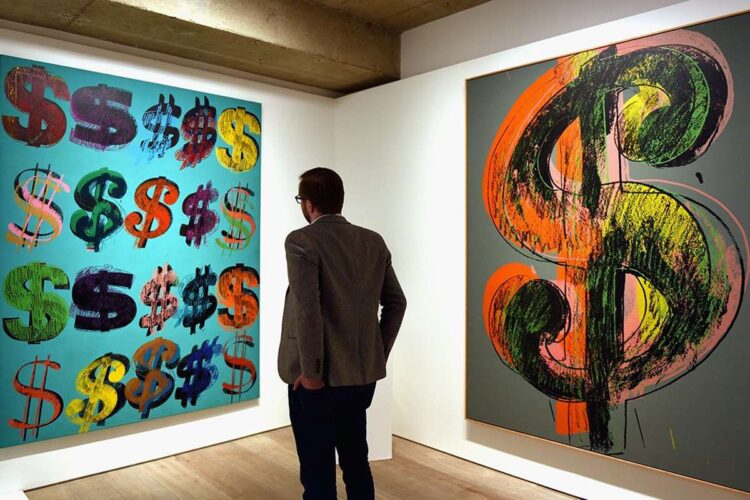
Art investment is different in comparison to traditional investment assets, and, therefore, it is highly recommended that you consider the following tips before venturing in it.
Do research
As mentioned above, researching is an important component of art investment. Before buying any piece of art, learn more about the artist first. Consider their age, previous exhibitions, education, and awards. If the artist’s works are displayed at the galleries, go there to find out some more information. Besides, take your time to do online research for a more in-depth understanding of the artist and their art.
Comparison is the key
Experience shows that if a certain piece catches your eye, you will never feel the same excitement for other works of the same artist. However, before buying it, you still need to compare it to other pieces in order to choose the right one that is worth investing in.
Check authenticity
The value of any piece of art depends on its authenticity. Whether it is signed by the artist or not also matters. If you purchase the artwork at the gallery, keep the gallery sticker on it as evidence of its authenticity and provenance.
Trust your gut
Do not be afraid to trust your gut and take your own advice. Who knows, maybe you can predict the artwork that will be extremely valuable in the future. What is more, do not be afraid to invest in emerging artists. It is a proven way to purchase affordable work that may bring you profit in the future. Of course, your inner hunch does not guarantee you anything, but it is still worth a try.
Investing in art is not for everyone. However, if you are an art lover, it will certainly provide you with many substantial benefits. Good luck!
 Hi Boox Popular Magazine 2024
Hi Boox Popular Magazine 2024
